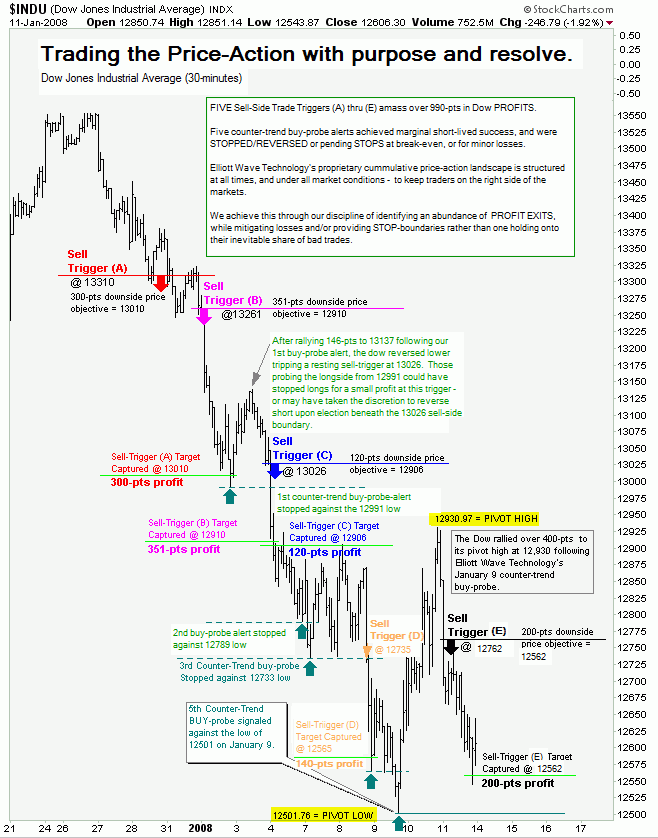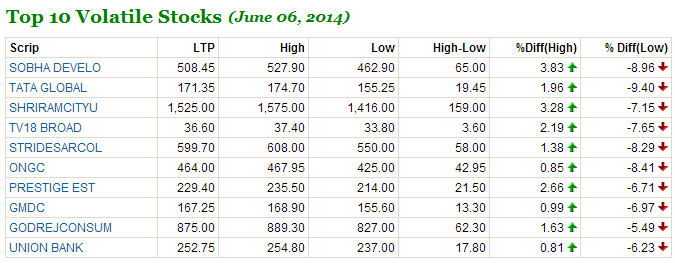How To Choose Stocks For Day Trading
Post on: 2 Июнь, 2015 No Comment

Day trading is a specific trading technique where a trader buys and/or sells a financial instrument multiple times over the course of a day, to exploit minute volatility in the asset’s pricing. While private investors may practice this investment strategy, it is more commonly an institutional phenomenon, as a financial institution can highly leverage its transactions to boost its profitability. As many brokerages allow for trading online, day trading can be conducted from virtually anywhere, with only a few necessary tools and resources. However, day trading is inherently a highly risky investment strategy.
High Liquidity and Volatility
Liquidity, in financial markets, refers to the relative ease with which a security is obtained, as well as the degree by which the price of the security is affected by its trading. Stocks that are more liquid are more easily day traded; moreover, liquid stocks tend to be more highly discounted than other stocks and are, therefore, cheaper. In addition, equity offered by corporations with higher market capitalizations are often more liquid than corporations with lower market caps, as it is easier to find buyers and sellers for the stock in question.
Stocks that exhibit more volatility lend themselves to day trading strategies, as well. For example, a stock may be volatile if its issuing corporation experiences more variance in its cash flows. While markets will anticipate these changes for the most part, when extenuating circumstances transpire, day traders can capitalize on asset mispricing, such as the currently ongoing euro crisis. Uncertainly in the marketplace creates an ideal day trading situation.
Trading Volume and Trade Volume Index (TVI)
The volume of the stock traded is a measure of how many times it is bought and sold in a given time period. This time period is most commonly within a day of trading. More volume indicates interest in a stock, whether that interest is of a positive or negative nature. Oftentimes, an increase in the volume traded of a stock is indicative of price movement that is about to transpire. Day traders frequently use the Trade Volume Index (TVI) to determine whether or not to buy into a stock, which measures the amount of money flowing in and out of an asset.
Financial Services
Financial services corporations provide excellent day-trading stocks. Bank of America, for example, is one of the most highly traded stocks per shares traded per trading session. BoA is a prime candidate for day trading, despite the banking system being viewed with increasing skepticism, as the industry has demonstrated systemic speculative activity, culminating in JP Morgan’s $2 billion derivative gaffe.

In addition, Bank of America’s trading volume is high, making it a relatively liquid stock. For the same reasons, Wells Fargo, JP Morgan & Chase, Citigroup and Morgan Stanley make for very popular day trading stocks. All exhibit high trading volumes and uncertain industrial conditions.
Social Media
The Social Media industry has also been an attractive target for day trading, recently. The massive influx of online media companies, such as LinkedIn and Facebook, has been followed by a high trading volume for their stocks. Moreover, debate rages over the capability of these companies to transform their extensive user bases to a sustainable revenue stream. While stock prices theoretically represent the discounted cash flows of their issuing corporations, recent valuations also take into account the earnings potential of the companies. Thus, some analysts argue that this has resulted in higher stock valuations than the fundamentals suggest. Either way, social media continues to be a popular day trading stock group.
The Bottom Line
Day trading, while a highly risky investment strategy, is also very common and highly lucrative. Variables such as the relative liquidity, volatility, trading volume and variable industrial conditions, are all contributing factors in determining what stocks are best for day trading.














